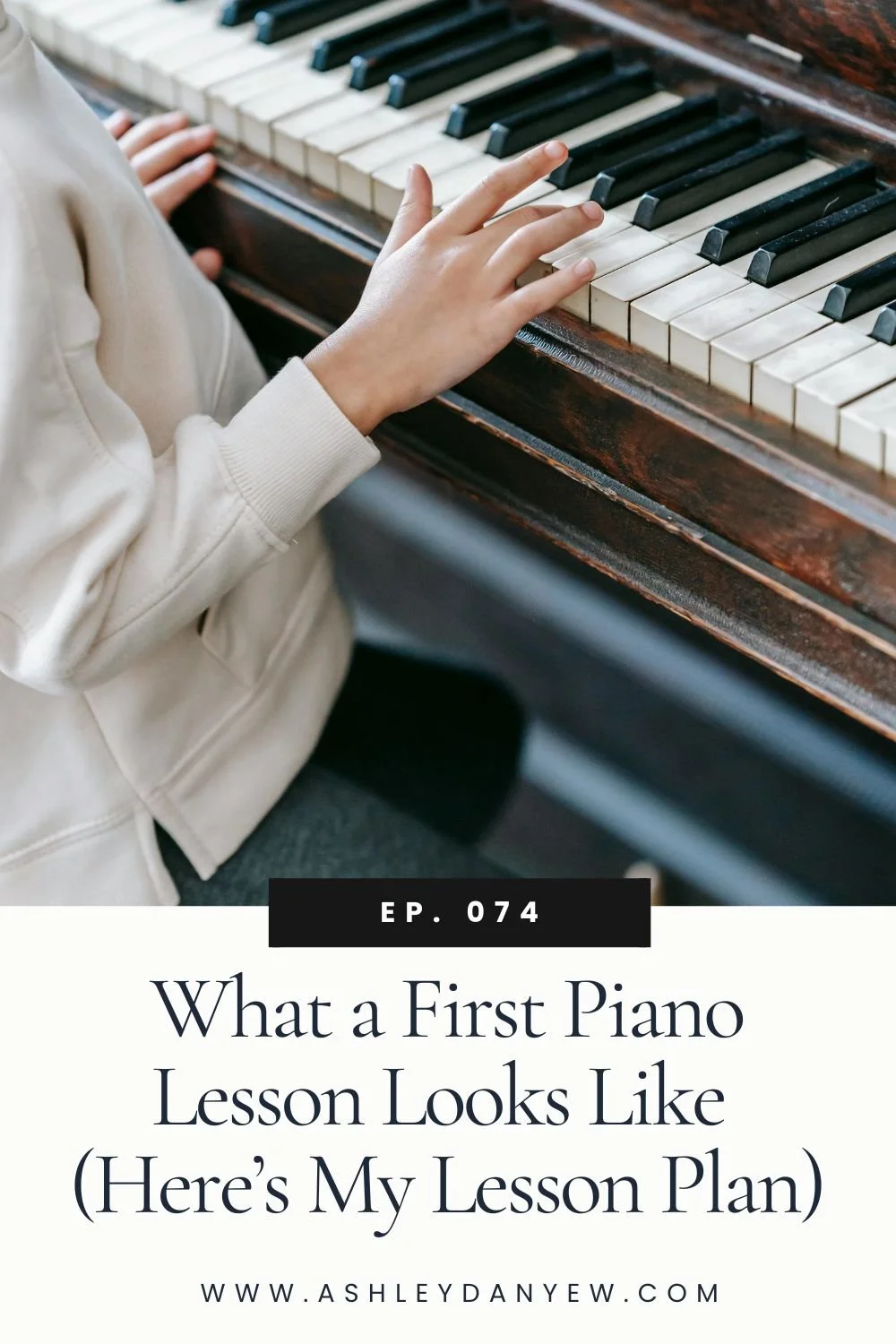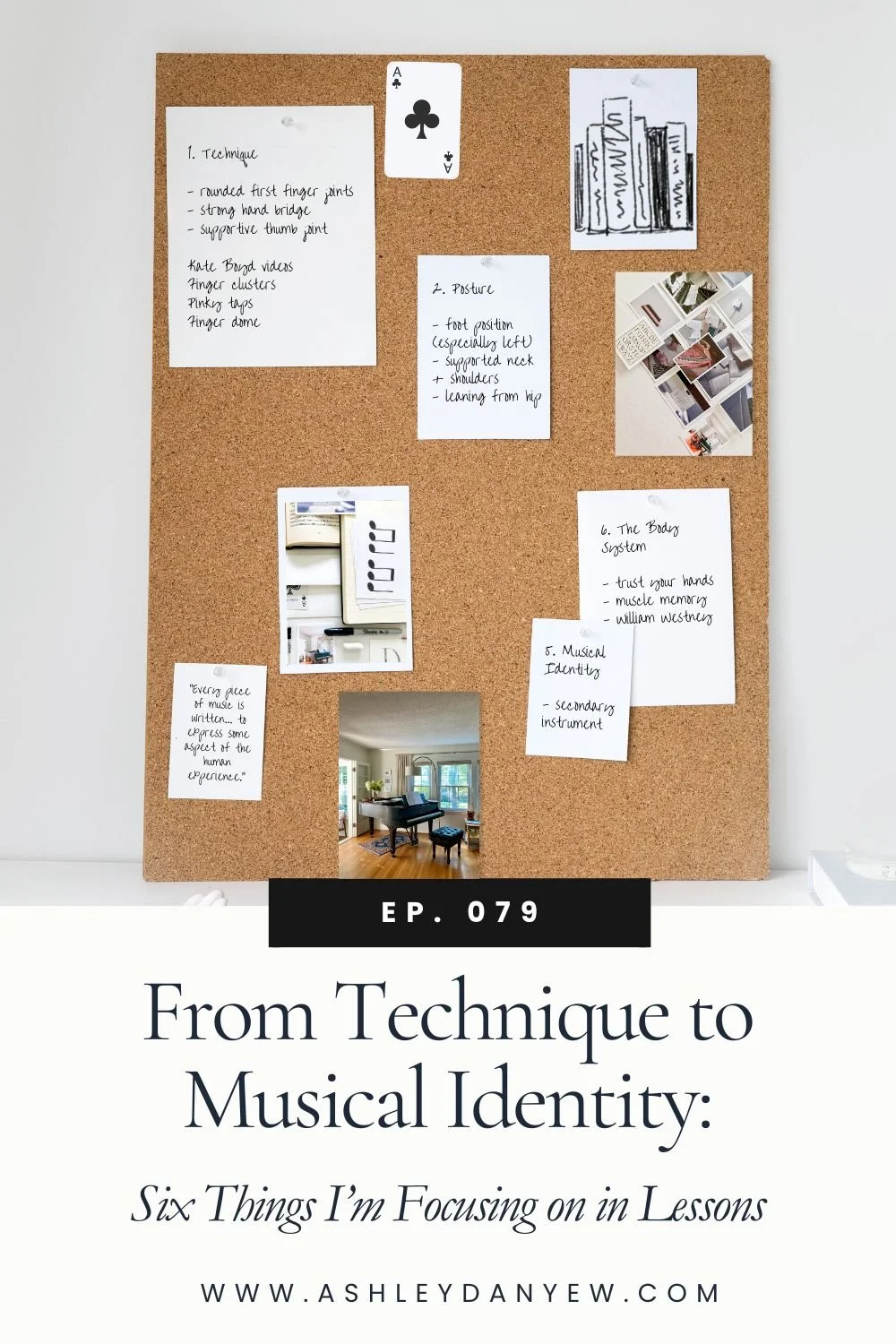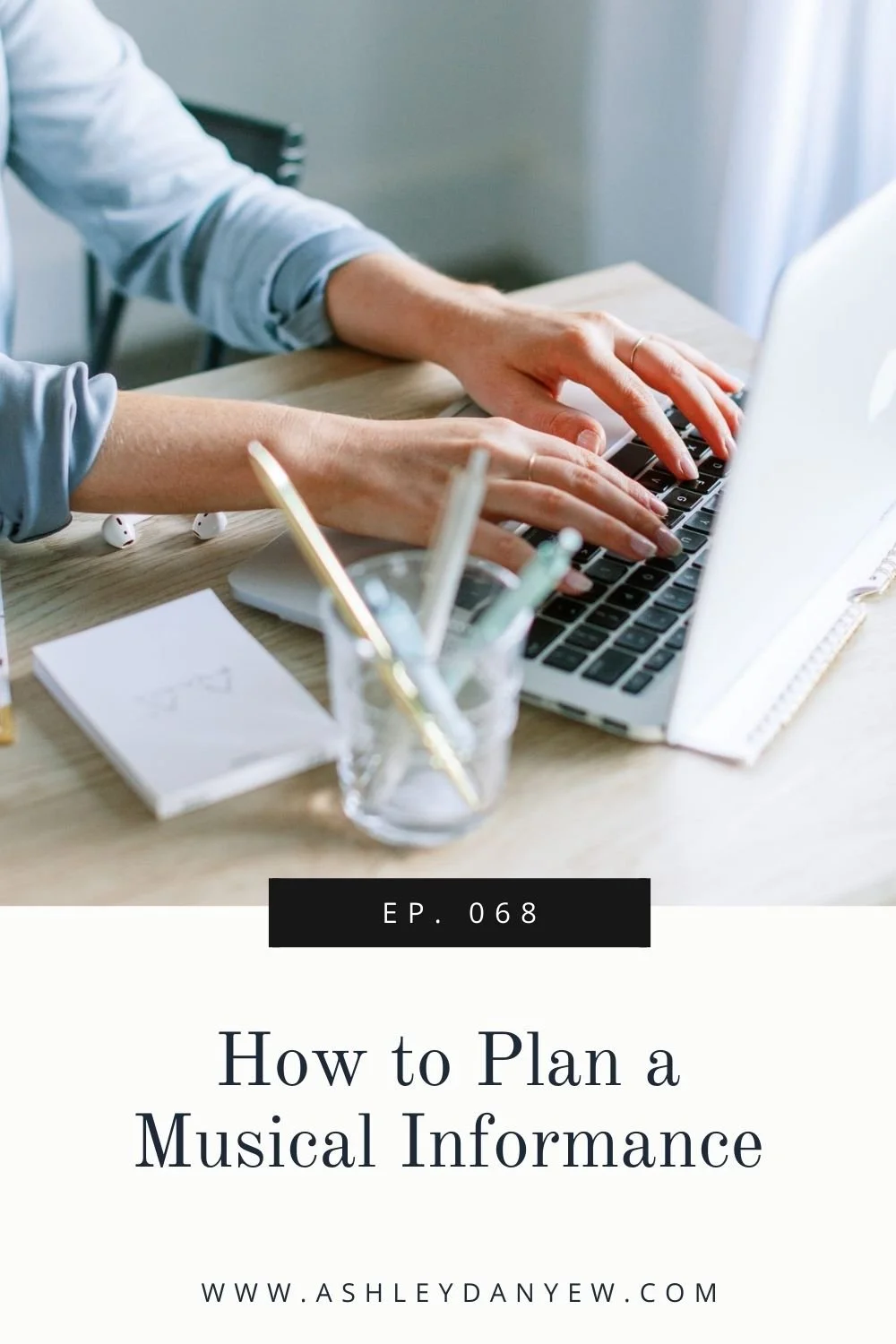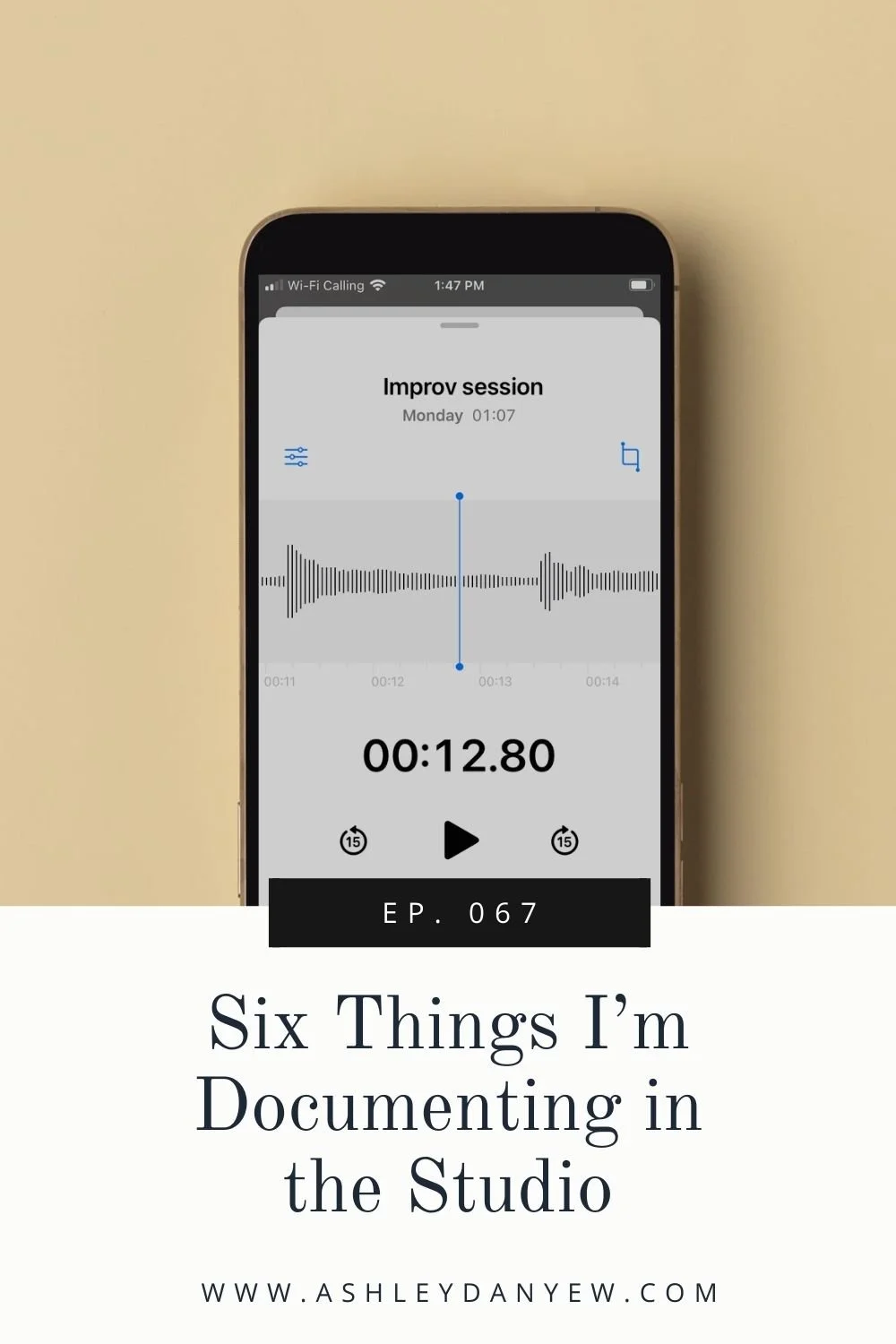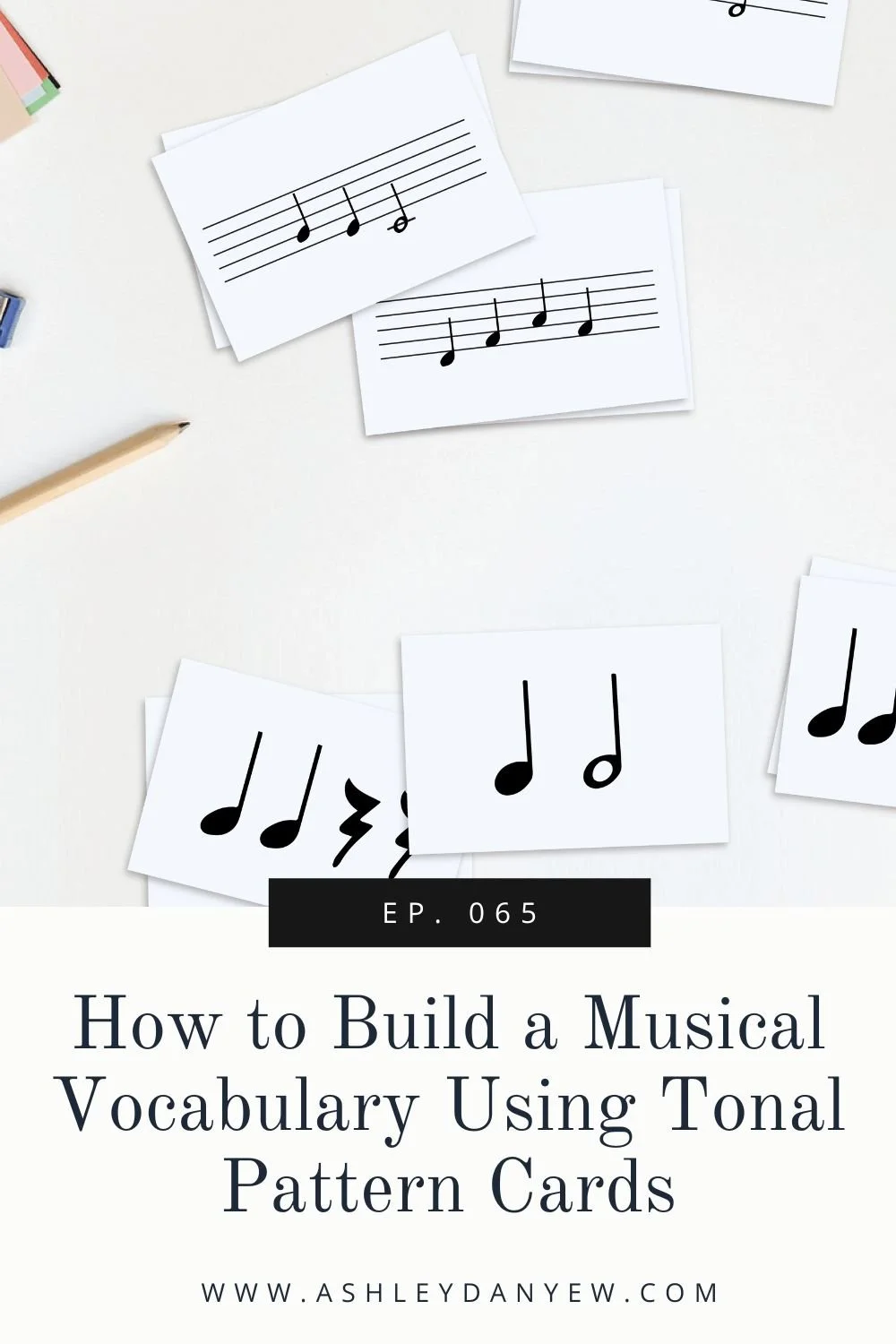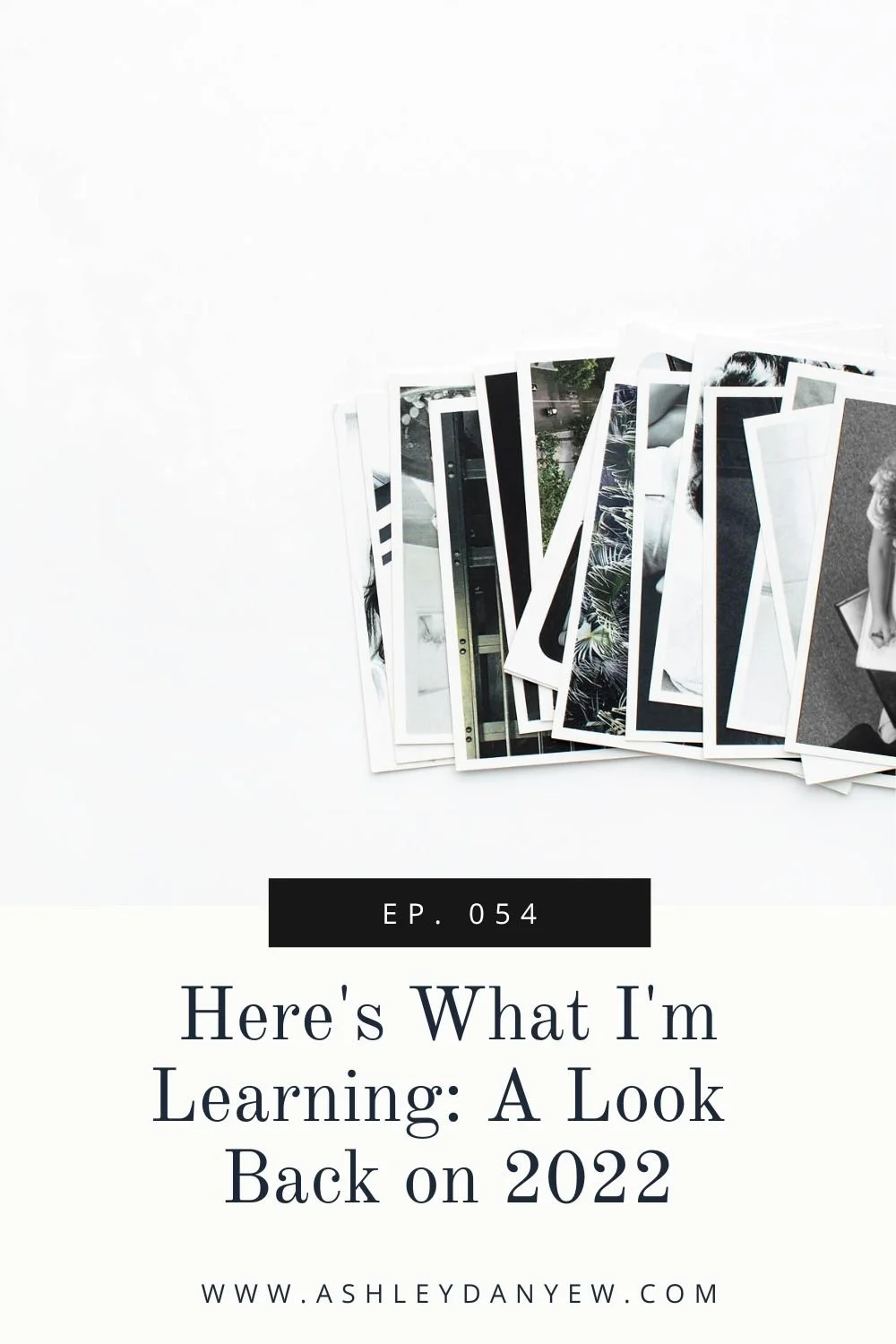Resources Mentioned
*Disclosure: I get commissions for purchases made through links in this post.
My Go-To Plan for First Piano Lessons (2015 edition)
Inspired Piano Teaching (Marvin Blickenstaff)
Rhythm Keeper, Vol. 1 (Musikal Husky)
Ep. 055 - Begin Again: The Case for Experimentation in Your Music Teaching
Last week, I taught a brand-new beginner her very first piano lesson.
Cora is 5 1/2 and is quite mature for her age. She is the youngest of three—her two older brothers also study with me. In fact, the oldest started with me when he was 5, a few weeks after Cora was born, so it’s kind of a full-circle moment.
I love starting beginners in the summer, before the beginning of the new school year because it’s less chaotic. This gives us a few weeks to get into the rhythm of lessons and playing at home so that routine is already established by the time school starts.
I have a list of 12 things I like to get through in the first lesson. Twelve activities may sound like a lot for a 30-minute lesson, but at this age, we move pretty quickly.
I’ve adjusted my first lesson plan through the years; if you dig into my blog archives, you’ll find my “go-to plan for first piano lessons” from way back in 2015. The lesson plan I’m sharing with you today looks a little different, though I was surprised and pleased that some elements are the same after all these years.
In this episode, you’ll get my 2024 go-to plan for first piano lessons including a few ideas from master teachers and teaching strategies I’ve developed through practice.
12 Things to Do in the First Piano Lesson
The first piano lesson is so exciting! As I was walking Cora to our classroom the other day, her brother (who had just finished his lesson), put his hand on her shoulder and said, “Cora, you’re going to have a great lesson. You’re going to learn a piece called ‘Breakfast Time’!”
She clutched her new book to her chest and smiled.
Keyboard Exploration
I like to start the first lesson with an exploration of the instrument itself—I heard Marvin Blickenstaff talk about this on a webinar once. Marvin is someone I consider a “master teacher.” He’s been teaching for over 50 years, presented to teachers around the world, and recently written a book, Inspired Piano Teaching, which is on my reading list for this summer.
I start with a few questions:
“Does this piano look like your piano at home?”
“How many different colors do you see?” (There’s obviously black and white, but if you look a little closer, there’s red, the felt behind the keys, and there’s gold on the pedals and inside the piano.)
“What’s it made of?” (There’s a lot of wood, maybe some plastic or ebony and ivory, if your piano is really old, metal of different types, and there’s some soft felt.)
“What do you think will happen when we press this pedal? Do you see anything move inside the piano?”
Then, we explore all the different sounds the piano can make:
long sounds (we count how long the piano can sing one note)
short sounds
loud sounds
soft sounds
high sounds
low sounds
…and of course, everything in between.
I also have the student sweep their right hand from Middle C upward and their left hand from Middle C downward. We say “upward to the right” as we go up and “downward to the left” as we go down to reinforce direction (that’s another insight from Marvin Blickenstaff).
Animal Sounds + Improv
Next, we turn to the Animal Sounds page in the lesson book. With 5-year-olds, I usually start with *[Piano Safari Friends](https://pianosafari.com/product/piano-safari-friends-teacher-reference-book/)*, the precursor to *[Piano Safari Level 1*](https://pianosafari.com/product/level-1-pack-2nd-edition/) designed for young children. It includes a variety of enriching musical experiences, from movement and singing to imitating and improvising, all while learning the basics of rhythm and off-staff notation, plus developing good foundational technique.
We spend a few minutes talking about animals that have “high” voices (e.g. horse, mouse, cat), “medium” voices (e.g. some dogs, cow), and “low” voices (e.g. whale, bear, lion).
Then, I’ll ask the student to make a piece about an animal of their choosing. I give them the option of playing high or low and using black keys or white keys. I add an accompaniment to match. Cora chose “flamingo” and used black keys high on the piano.
Animal Rhythm Patterns
Next, we talk about the “friends” in the book. If you’re not familiar, *Piano Safari* introduces rhythm patterns using different animals:
“Char-lie Chip-munk” is four quarter notes
“Zech-a-ri-ah Ze-bra” is four eighth notes + two quarter notes
“Hip-po” is two half notes
The animal rhythm patterns are presented in the Piano Safari Friends book for reference, but they’re not meant to be read yet; they’re taught by rote. We do this as call and response and there’s a matching sticker for each one.
Finger Numbers
Next, we talk about finger numbers. Again, there’s a page about this in the lesson book (with matching stickers), but I like to have the student place their palms together and tap each finger number four times. We chant the finger number as we go. This, I find, reinforces that thumbs are 1s, pointers are 2s, etc. and that it’s the same for both hands—that they match.
If I think the student is ready for a challenge here, I may quiz them and ask them to find and tap finger 5s together without me. Then, find finger 3s and tap finger 3s, and see if they can do it in a mixed-up order.
Finger Numbers Song
There’s a song about finger numbers in the book (sung to the tune of “Head, Shoulders, Knees, and Toes”), which gives the student an opportunity to tap or wiggle each finger one at a time and move at the same time.
Piano Posture
Next, we talk about piano posture and how to sit at the piano. There’s a picture in the book of Leo the Lion sitting at the piano and we talk about having a tall back, a flat arm, and a rounded hand shape.
Usually, I’ll give the student an opportunity to do the opposite of this, right? So, what does a slouched, hunched-over position look like? And what does it look like to sit up tall? What does it look like to have an arm that’s dropped off the edge of the keys, with your elbows low and your wrist hanging down? And what does it look like to have a flat arm and wrist? What does it look like to have a collapsed hand shape? And what does it look like to have a rounded hand shape?
Samantha Steitz, a piano teacher in Austria and author of the curriculum supplement, Rhythm Keeper talks about the flat arm with her students: she rests a “sleeping” pencil from the forearm over the wrist to illustrate this concept. So often, when I’m talking about what that flat arm and wrist should look like, I will set a pencil on top of the student’s arm and wrist—up onto the back of their hand—to illustrate what I mean by that.
If you want to learn more about Samantha and the Rhythm Keeper method, listen back to Ep. 055, 059, and 067. I’ll link to those in the show notes.
Follow the Leader
Next, we play our first piece.
In Piano Safari Friends, this is a copycat or follow-the-leader style piece called, “Wake Up, Charlie.” The teacher part has a 4-beat pattern in the right hand (on black keys) that the student imitates in a higher octave. We practice the patterns first, then if the student is ready, I add the left-hand accompaniment, singing and playing.
Groups of Two Black Keys
Next, we look for all the groups of two black keys. Piano Safari Friends includes a Piano Decorating Kit—a set of printable zebra-striped triangles and cheetah-print rectangles to mark the groups of two and three black keys, respectively.
I know some teachers have their own system for this—using other manipulatives or little things you can put on the keys to indicate where those patterns are—but I’ve used this for a couple of years now and I find it really easy to keep tucked in my bag and pull out for these first lessons.
Climbing Up
Once Cora found and marked all the groups of two black keys, we played “Climbing Up,” a simple left-right-left-right pattern progressively working up the piano and finishing with a glissando all the way back down. Again, I sing and play the accompaniment to highlight the musical conversation between our two parts.
Groups of Three Black Keys
Next, we look for all the groups of three black keys and Cora marks them.
Breakfast Time
Then, we played, “Breakfast Time,”—same concept as “Climbing Up” except it uses groups of three black keys and goes from high to low.
Review Home Assignment
At the beginning, I don’t have a lot of practicing expectations since so much is dependent on the teacher accompaniment and rote learning, but I do write out a simple assignment sheet for parents and that way Cora has something she can reference at home during the week, so, I try to write it in a way that she can understand, as well.
I like to spend a few minutes talking through this at the end of the lesson just so she’s clear on what she can do before our next lesson.
The first category on the assignment sheet is Listen.
The student can listen to the included audio tracks for all the songs we did in the lesson today: the Finger Number Song, Wake Up, Charlie, Climbing Up, and Breakfast Time.
The next category is Find.
I draw pictures of the groups of two black keys and three black keys on the assignment so she knows what to look for.
Next is Draw.
There’s a page in the lesson book where the student can draw a few different animals (big and small) so we can improvise music together at our next lesson.
Next is Play.
I include a prompt for improvisation here, for example, “Make a piece about a bear. Use white keys low on the piano.”
Closing
And that’s it! Here’s that list again—the 12 things I like to get through in the first piano lesson:
Keyboard Exploration
Animal Sounds + Improv
Animal Rhythm Patterns
Finger Numbers
Finger Numbers Song
Piano Posture
Follow the Leader
Groups of Two Black Keys
Climbing Up
Groups of Three Black Keys
Breakfast Time
Review Home Assignment
I’d love to hear from you:
What do your first lessons look like? Do we have anything in common? I’d love to hear about your planning process and what kind of activities you do with beginners. Send me a DM on Instagram or email me and let me know.

